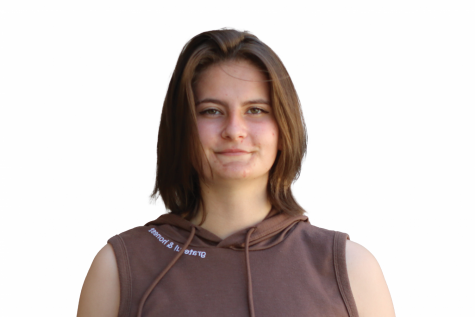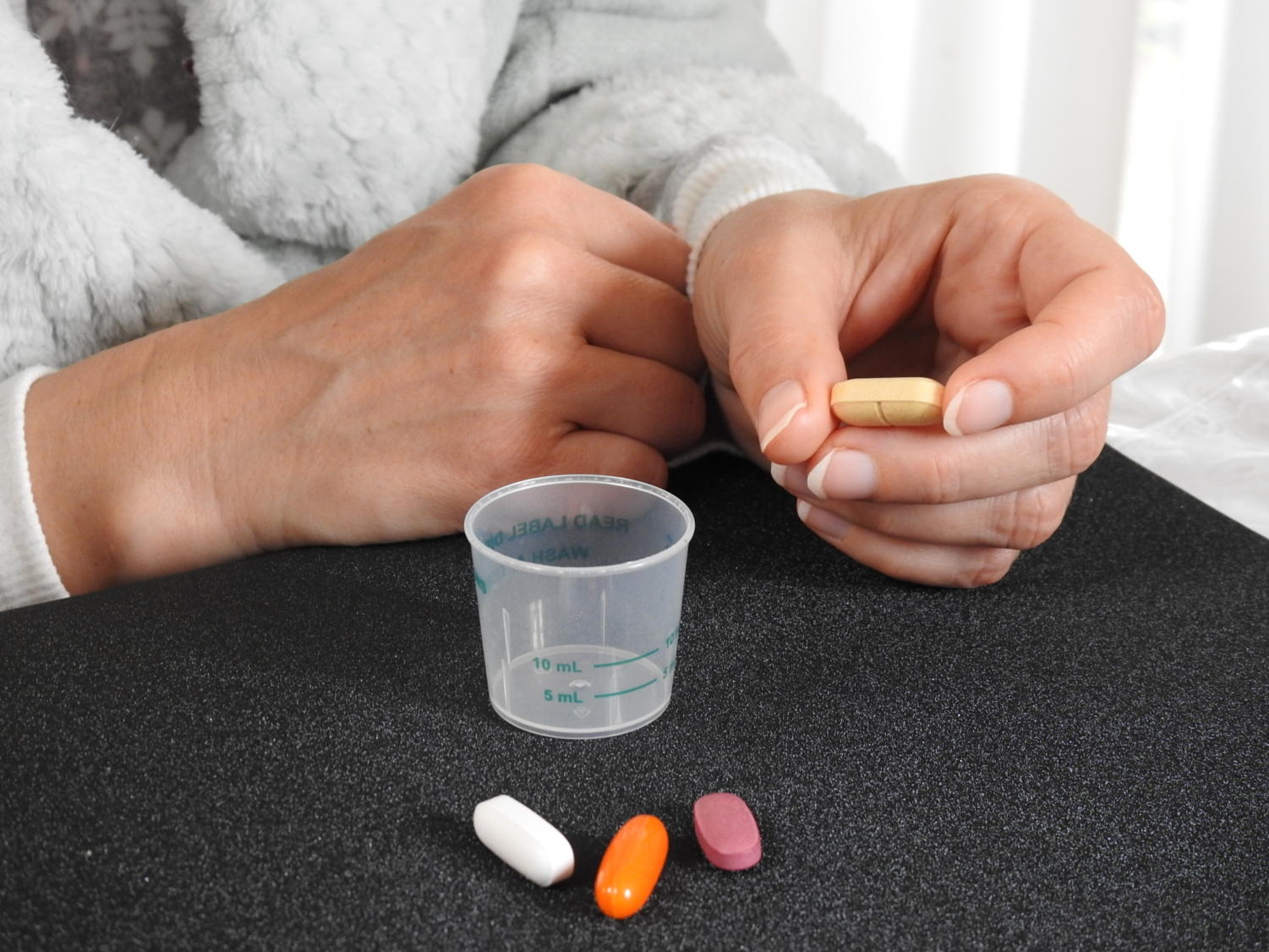
Twitter: @kor_maya
View her portfolio at: mkornyeyevajournalism.weebly.com


The way placebos act upon the brain in order to heal the body
January 21, 2020
Relief beyond measure.
All the pain, gone. All the worries, evaporated.
But what could have caused this kind of change? What new science was at work inside the body, spreading a sense of freedom throughout the mind?
The answer is nothing.
Throughout humanity’s existence, stories of miraculous healing have dotted the pages of history books. Beginning with the ancient Greeks 2,500 years ago, the power of belief or placebo medication has had an incredible effect on those with various “untreatable” ailments.
This spiritual form of medicine quickly spread through China and influenced the creation of acupuncture. Hair-thin needles provided an easy escape from pain by redirecting the body’s energy, sending qi flowing through the different channels of the being.
Traveling to the other side of the planet, the concept of placebos helped create the basis of Western medicine. As placebos were integrated into the fields of psychology and medical science, methods of drug testing were transformed as cures for various diseases were produced more efficiently.
Still, the question remains. How do placebos really work?
The real power of either a medical or non-medical placebo is in the way that a person responds to being treated. Typically, a medical placebo is given in the form of a sugar pill or water, and has no effect by itself.
When combined with belief, however, all the difference is made. Often, the will to get better and an overall trusting environment allows the brain to relax and begin functioning normally, essentially tricking the body into healing itself.
According to Gilead oncologist Sarah Oliver, Ph.D, being “blind” to the existence of a placebo is vital for the psychological effect to be adequately demonstrated.
“If the physician doesn’t know and neither does the patient, then the physician is excited to give the patient what they think is an active pill with the expectation that the patient will feel healthier. This in itself will have a powerful effect, even if the pill is not active,” Oliver said.
Having worked with pharmaceuticals for 10 years as well as at widely-known companies like Genentech, Oliver has had plenty of experience handling placebos.
According to Oliver, working in the field of oncology, the study and treatment of tumors, requires the use of placebos about 50% of the time.
“One of the benefits of using placebos is that it takes away human bias in response to medical therapy or tests,” Oliver said.
She continued to describe a study in which she tested the function of a pain-relieving drug. All the patients received placebos, and although the drug itself did not work, Oliver was still intrigued by the results.
“It was really interesting to see that even though some patients were given sugar pills, they still had their pain improve on average quite a bit,” Oliver said.
Similar studies have been conducted all over the world, with a very effective one performed by Luana Colloca, a professor at the University of Maryland.
As described in the book, The Magic Feather Effect by Melanie Warner, Colloca performed a blind experiment in which she delivered small amounts of pain to her patients using a hot pad. The amount of pain was shown through a green (80 F) and red (118 F) color on a computer screen.
Without the knowledge of the patient, Colloca kept administering the 118 F heat while changing the colors on the screen. The patients admitted to feeling lower pain during the presence of the green light, even though the amount of discomfort did not change.
Because of their belief that the green light meant less pain, the patient’s brain convinced itself to feel that way. Due to this innate response, the placebo effect was revealed as more powerful than ever.
However, the issue of ethics when conducting experiments with placebos is a complicated one.
Many times, a researcher will not be allowed to test a particular drug using placebos. Take, for instance, cancer. Cancer is a very serious illness, and withholding real medication from a patient that requires it is considered unethical.
This situation often arises in Oliver’s studies.
“Although we would scientifically want to [use a placebo], we are talking about people’s lives. It would be unethical to give them a sugar pill when we think there is actually something that will help,” Oliver said.
